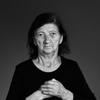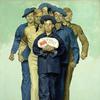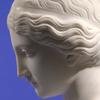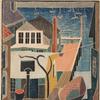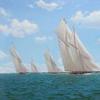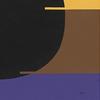CLARK ART INSTITUTE TO HOLD PUBLIC SYMPOSIUM: ‘WHOSE NUDES?’
- WILLIAMSTOWN, Massachusetts
- /
- August 18, 2016
"Whose Nudes? Painting, Collecting, Displaying the Body in Early Modern Europe,” a scholarly symposium open to the public, will be held at the Clark Art Institute on Friday, September 23 from 1–5 pm in the Michael Conforti Pavilion. Advanced registration is required; to register and to view the complete program, visit clarkart.edu or call 413 458 0524. The event is free with admission.
The symposium, held in conjunction with the Clark's exhibition, Splendor, Myth and Vision: Nudes from the Prado, is jointly organized by the Clark's Research and Academic Program and its Museum Program. Welcome remarks will be delivered by Dena and Felda Hardymon Director Olivier Meslay, followed by introductory remarks by Interim Curator of Paintings and Sculpture Lara Yeager-Crasselt.
The event brings together a group of international scholars, specializing in Italian, Spanish, and Netherlandish art, to create an engaging public conversation around the role and representation of the nude, as well as broader practices of display and collecting of sixteenth- and seventeenth-century European art. Topics and speakers include:
- “Titian's Europa: When a Nude Is More than a Nude—But Not That Much More,” Hilliard Goldfarb, Musée des Beaux-Arts de Montréal
- “Uncovering the Uncovered: The Nude in Spanish Sculpture Collections,” Kelley Helmstutler Di Dio, University of Vermont
- “Erotic Heroic: Masculinity, the Male Nude, and the Clash of Conventions in Netherlandish Art around 1550,” Tianna Uchacz, Columbia University
- “Exempt from Indecency: Rubens’s Nudes for the Spanish King,” Alejandro Vergara, Museo Nacional del Prado
- “Michaelina Woutiers in the Company of Bacchus: The Power of Unruly Self-Representation,” Katlijne Van der Stighelen, KU Leuven
Developing from the central themes of Splendor, Myth, and Vision, the symposium seeks to rethink and challenge issues relating to the nude by Northern and Southern European artists in the early modern period. A source of delight, anxiety, and wonder, the nude body was—and remains—a significant vehicle for artistic expression and experience.
This program is supported in part by the General Representation of the Government of Flanders to the USA and by the Québec Government Office in Boston.

270x400_c.jpg)





